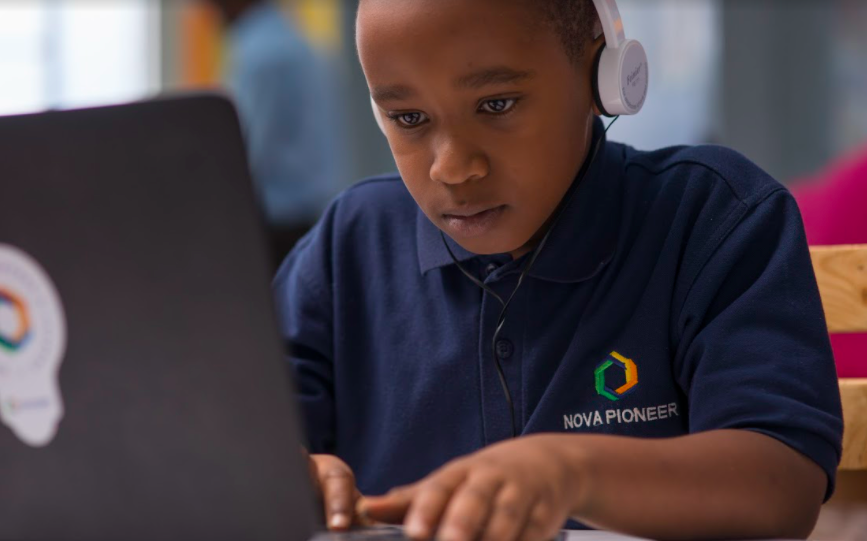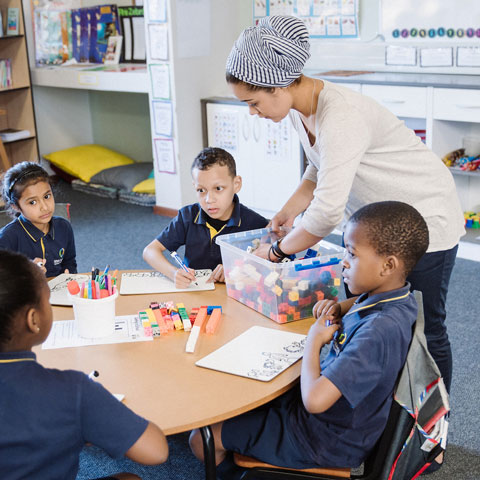Do you know what your child’s signature learning style is? Knowing how to identify your child’s primary learning style can help parents determine how their child learns best. Parents are encouraged to take an interest in how their child learns so that they can support them and send them to the right school for their respective skills set. Children take in and apply material in different ways.
At Nova Pioneer, we support our students in unlocking their individualistic interests and passions. We also strive to prepare our students to achieve results that are far beyond what they initially think is possible. We treat our students as leaders and they rise to meet our expectations by developing the character and skills set that they need to lead.
Looking at Kinaesthetic, Visual and Auditory as three of the most recognized primary learning styles prominent in children, parents can observe the following indicators to see which learning style out of the three their child falls in:
The Kinaesthetic Style
Kinaesthetic students learn best through practical lessons that require them to make or create something. Parents can look out for indicators in their children such as efficiency in undertaking chores, an interest in physical activities as well as dancing.
The Visual Style
Visual students learn best through reading or by means of depictions and audio-visual mediums. Parents can look out for indicators in their children such as an interest for arts and crafts, writing and colours. Visually inclined students will have a big imagination, good memory and they will remember fine details.
They are also prone to be good storytellers.
The Auditory Style
Auditory students learn best through listening because they tend to have a sharp ear and are intrigued by sounds. Parents can easily identify an auditory learning style in their children by observing their interest towards music, animal sounds and other sounds around them. Auditory students are often good listeners and they take instructions as well as directions well when delivered verbally.
Nonetheless, it’s important for parents to not limit their children’s capabilities to learn. Learning styles are subject to change and your child may have more than one learning style. We encourage parents to respond to their child’s learning needs at every stage of their growing process.

